Call Us: 01702 292984 Email Us: info@cube3productdesign.co.uk
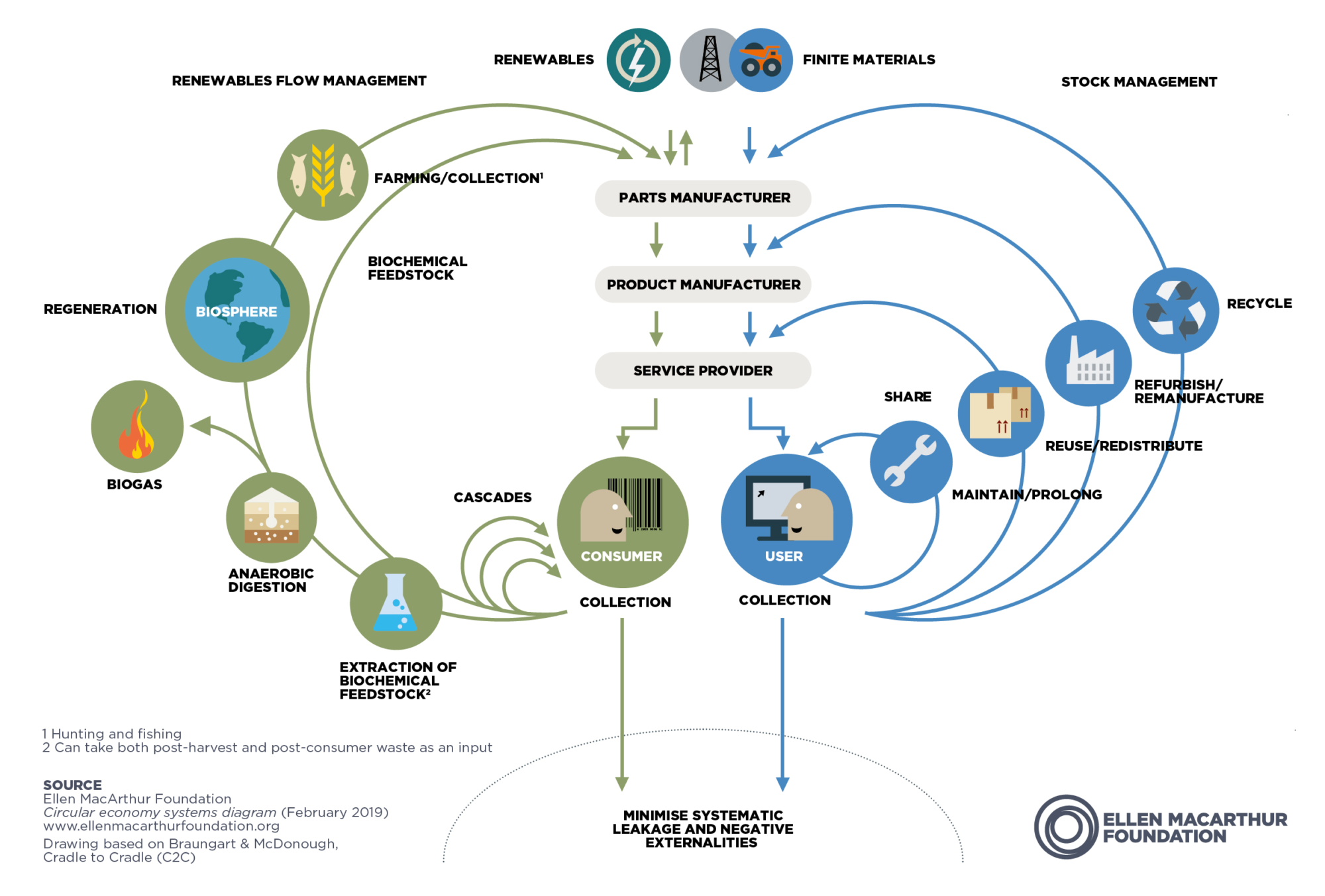 A lot has been written and talked about on the subject of sustainability and the circular economy. Many books have been written on the subject going into great detail, but in this blog I want to address the subject from the point of view of a start-up or existing business that does not have sustainability running through their veins yet. What practical things can be considered in developing new products without having to rethink your entire business model?
A lot has been written and talked about on the subject of sustainability and the circular economy. Many books have been written on the subject going into great detail, but in this blog I want to address the subject from the point of view of a start-up or existing business that does not have sustainability running through their veins yet. What practical things can be considered in developing new products without having to rethink your entire business model?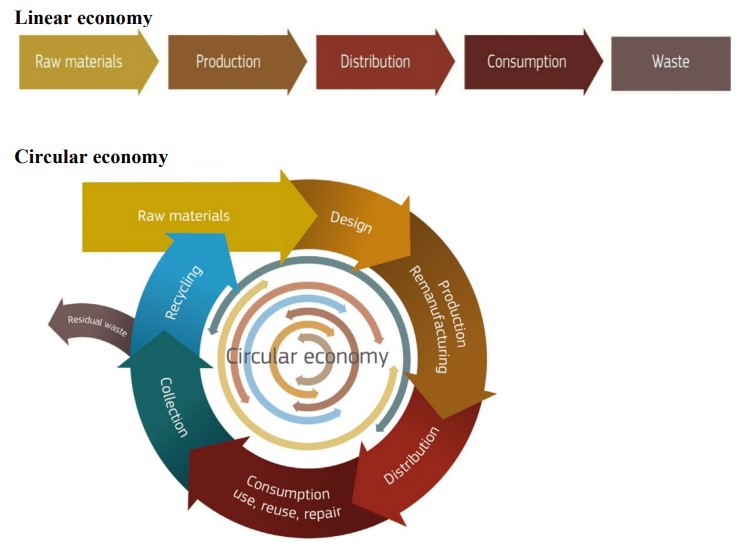
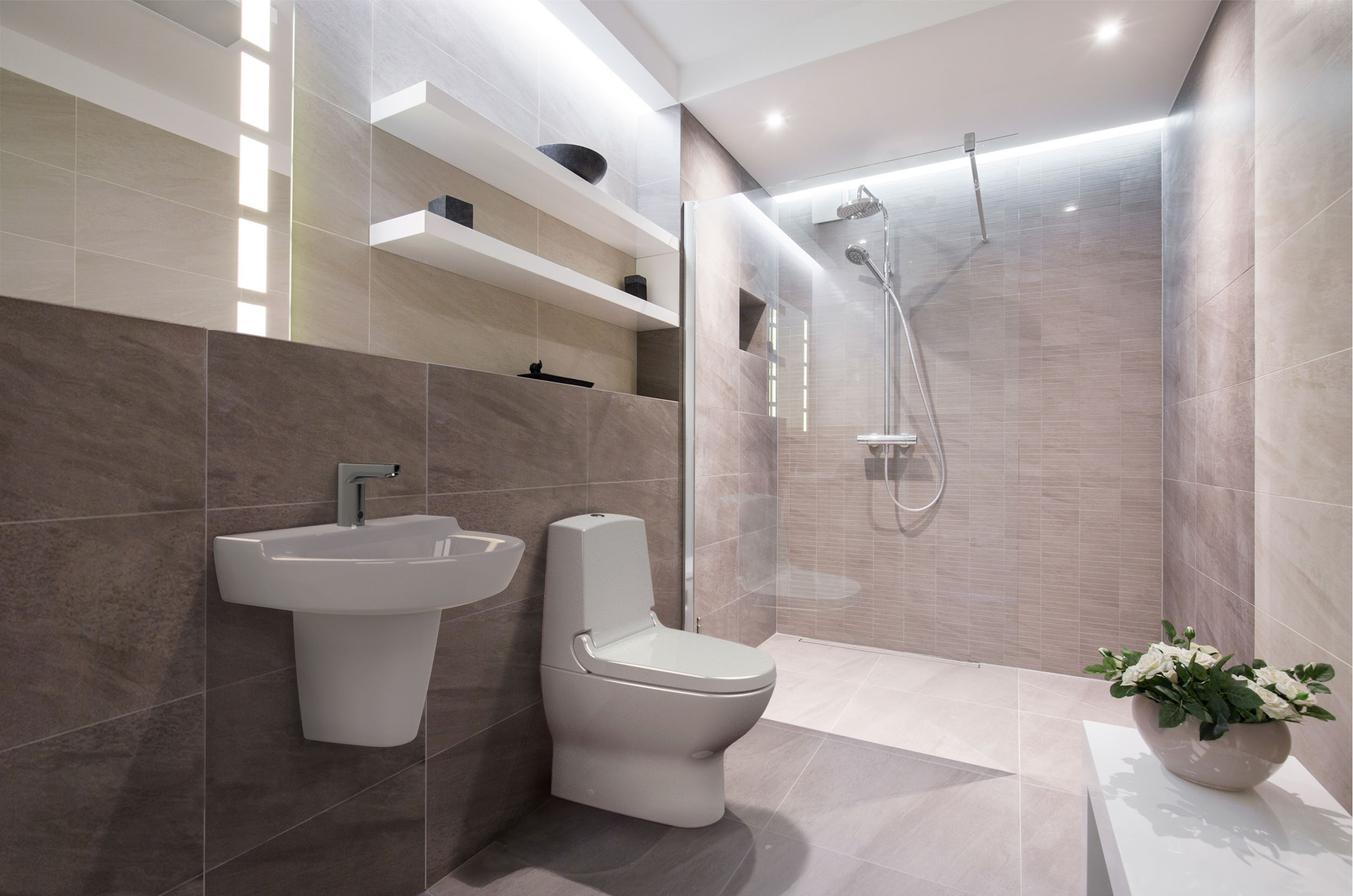
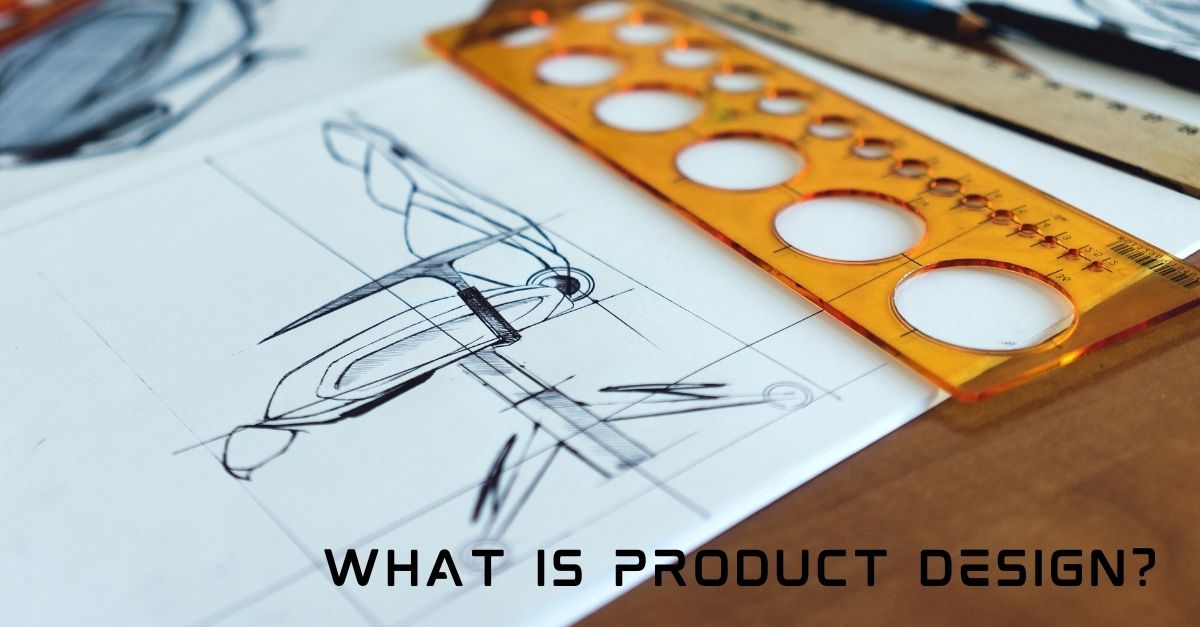
I saw a post recently on a job site. "What is the role of a product designer? I find myself intrigued to uncover what the role entails. Is it design? Is it management? Is it research? Does everyone define the role in the same manner? Anyone have thoughts on this?” The first answer back was "It’s a bit of everything”
In Wikipedia’s entry for product design it says "Due to the absence of a consensually accepted definition that reflects the breadth of the topic sufficiently, two discrete, yet interdependent, definitions are needed: one that explicitly defines product design in reference to the artefact, the other that defines the product design process in relation to this artefact.”
So it’s a difficult discipline to define then! Let’s have a go at defining it here in 2021.
Product design is broadly speaking the effective generation and development of ideas through a process that leads to new products. But it’s more than this. It is in fact a mixture of many varied disciplines, some of which are listed below.
Product design is about all of these aspects. The role of design in modern business is more important than ever in our unpredictable and ever changing world. Product design is about exploring new ideas; about making your product stand out from the sea of alternatives; about making users love the product and everything it stands for, and about making your company love its own products because they’re cost effective to build and make profit!
There is so much that can be written about the role of product design, but hopefully this gives you an insight into some of the key elements. Talk to Cube3 product design today, and see what they can do for your business.
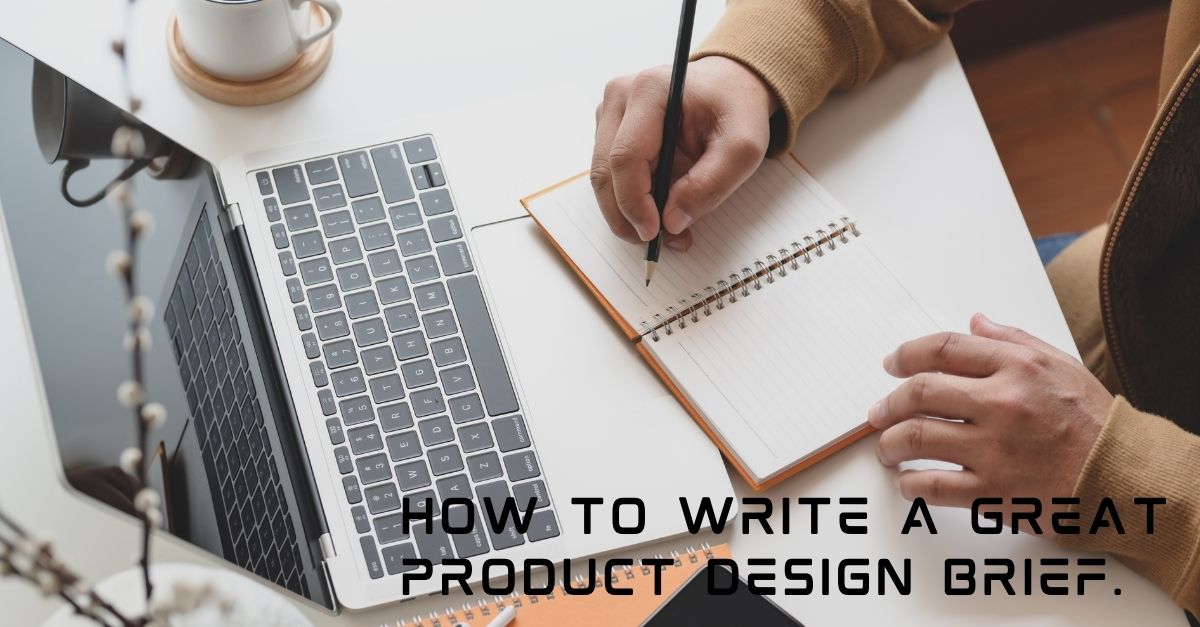
So you’re looking to engage with a design consultancy to design your next product. How do you get the design you want? The product that's going to beat the competition, the perfect product to make your company successful? A simple and clearly written design brief would be a good start!
It doesn’t matter if you are an inventor with an idea, a start up with new tech or an established SME with a range of products that you want to make more cost effectively. The single most important part of any new development is an effective design brief. Without one, it is almost impossible to develop a successful product.
This blog post will help you to write the perfect design brief that will be beneficial to you and the designer you engage with.
So what is a design brief?
A design brief is a document that provides the designer with all of the information they will need in order to complete the task and meet your expectations. It also allows you, the client, to focus on exactly what you want to achieve before any work is carried out.
A Product brief is critical to getting the most out of designers as they can focus on what is required and not waste time on the wrong tasks.
How to write a good design brief.
1. Information about you
Firstly you should start off by introducing yourself and your company. What is the nature of your business? What do you do? How long have you been doing it? What industry sector do you operate in and any niche market info you have. Be clear and concise and avoid unnecessary information that is not relevant to the product.
2. What is the product?
So the designers are going to need to know what it is you want them to design. What is it called? What does it do? What are the key features or benefits? What need does it fulfil or problem does it solve? How does it fit in with your other products? How is it better than the competitors’ products?
3. What are your aims or goals and why?
List them with reasons for each. Is it to increase sales, to obtain information from clients, to reduce manufacturing costs or to embrace a new technology for instance? How do you differ from the competition? There could be a number of reasons that I’ve not listed so please explain why as it will give the designers a much better understanding of the project.
4. Who is the target audience?
Ideally you should have researched this and should be able to tell the designers who the product is aimed at. Their age, sex, income, occupation, location and any other important information. Providing evidence of your research will give the designers more confidence that you understand who will buy your product.
5. Tell us what you don’t know
You may not have answers to all of these questions. This is okay, so long as you don’t guess or make stuff up! Just say in the brief that you don’t know and list one of your deliverables as completing the product design brief. It’s also fine to ask questions. Designers will question everything anyway, it’s what we do, so again, just make this part of the scope of work required.
6. Standards, compliance, environmental
What standards does the new product need to meet? What environmental conditions will the product need to withstand? Will it operate independently or part of a larger system? Be as specific as you can here but if you don’t know then say so.
7. Research
It may be useful to tell the designer how far you have come on your journey. If you have completed months of research, then mention it and include the research as an attachment to the document. If you have successfully or otherwise completed a round of concept generation then include this information to prevent the designer covering old ground.
8. Scope of the work required
It is important to clearly state the scope of the work that you wish a designer to undertake. You may only want them to create concept designs instead of a complete turn-key service from research to production. What are the deliverable you require?
9. Budgets and timescales.
Is there a specific launch date that is important? What is the retail price of the product? What finances do you have in place to fund the development? How much do you want to spend on the development? If there’s no specific launch date, what timescales are you looking to achieve?
10. Tips and techniques
The brief should be open enough to inspire ideas and creativity, yet specific enough to prevent drift from the core requirements? Define what’s not how’s - focus on goals not solutions so "strong and light” instead of "made from aluminium”. You should outline the creative challenges and expectations where known. The brief should always be as short and simple as possible so avoid long and complicated text.
Hopefully this gives you a good understanding of how to write a great product design brief. As designers we often get very poor briefs even from larger companies! It means that we have to invest more time and energy at the front end of a project just to figure out what the client wants.
Think of it like the foundations of a house – if the foundations are not well planned and solid, the house may collapse!
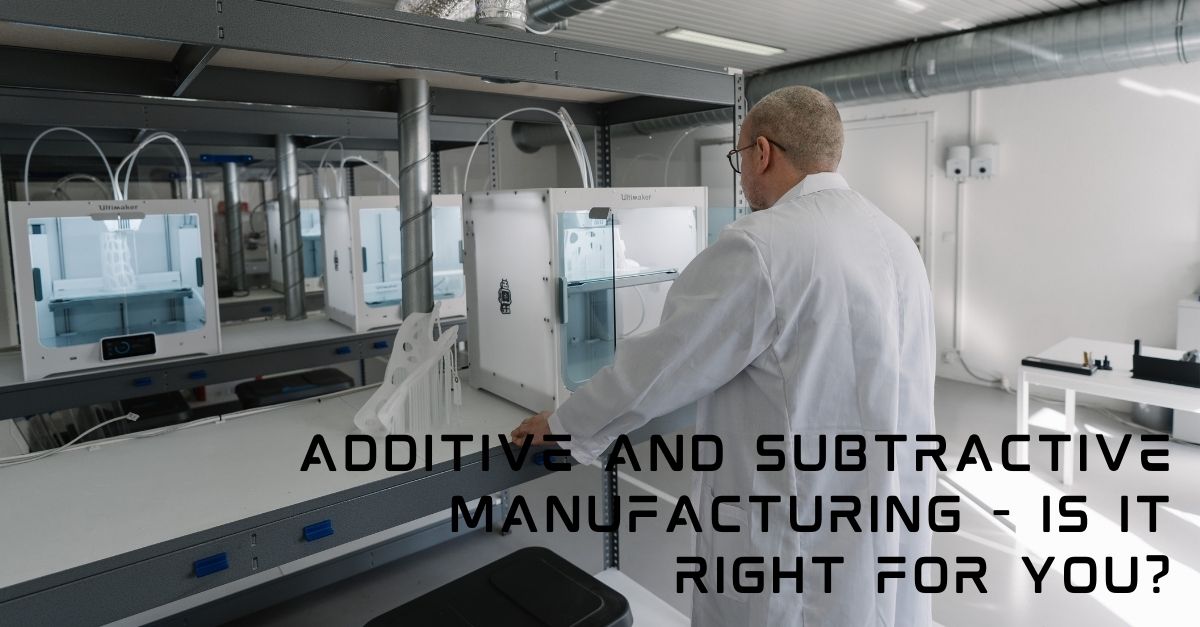
Should you be considering the use of additive or subtractive manufacturing techniques for you next product?
Firstly, let's look at the basic types of additive manufacturing technologies.
Stereolithogrophy (SLa) is a process where resin is cured with light in layers. The advantage of this method is accuracy and quality of finish. The disadvantages of this method are material choice and ultimately material strength. SLa parts may have a support structure that needs to be removed. This is the most expensive process.
Selective Laser Sintering (SLS) is a process where powdered material is fused by a laser in layers. The advantage of this method is strength of material and accuracy. The disadvantage is material choice and surface finish. SLS parts require no support structure as the part is supported by the powder that it sits in. This process is cheaper than SLa.
Fused deposition modelling (FDM)(FFF) is where an extruded plastic filament is fed into a heated nozzle and melted into position in layers. The advantages of this method are low cost, availability of inexpensive printers, material choice and strength. The disadvantages are low accuracy and poor surface finish. FDM parts typically have a support structure but this can be done with a second material that is either water soluble or breaks away easily.
There are other types of 3D printing technology but in basic terms you either fuse powder, cure resin or melt filament using different methods. So which method do you choose? Do you buy a printer and do it yourself or do you choose a supplier and buy from them? Let’s look at the pros and cons of each method.
FDM (FFF) parts
Pros – Low-cost parts to make, lowest printer costs, Easiest printer to use, no post processing required.
Cons – Lowest accuracy parts, poor surface finish, parts can be weak in one dimension due to the layers
Uses – Low-cost prototypes, simple internal parts, jigs and fixtures.
SLA parts
Pros – Highest accuracy parts, best surface finish.
Cons – Parts tend to be brittle and don’t age well, more expensive printers, several post processes required before parts can be used.
Uses - high quality prototyping, master models for cold casting.
SLS parts
Pros – parts are tough with good dimensional accuracy; parts are low cost.
Cons – Parts have a rough finish, generally off white unless dyed, printers are more expensive to buy, messy to use due to the powder.
Uses – Functional prototype parts for mechanisms where flex or load may occur. Ideal for tough internal parts in production.
In conclusion, I would consider SLS or FDM parts suitable for production use and would consider these three scenarios something worth thinking about.
1.Small internal components that are difficult to make or require investment in a tool required in lower volumes.
2.Combining parts – can several moulded or machined parts be made into one printed part?
3.Customisation – Can your design be made customisable to accommodate individual fitment for instance?
Now let's look at the basic types of subtractive manufacturing technologies.
As the name suggests, this is about removing material to create a part rather than adding it. This typically relates to CNC machining of metal and plastic parts. There is little in the way of affordable units for in house subtractive manufacturing bar a few small CNC desktop prototyping units, so this is typically sourced from 3rd party specialists or is already integral to the business you are running. Parts made by a subtractive method are as accurate as you need them to be, and the choice of materials is limited only by what you can cut. Prices tend to be higher due to quality and accuracy, but subtractive manufacturing gives you flexibility to produce low volumes without up front investment. Worth considering for the right product!
Conclusion
In answer to the original question, the answer really depends on your product. A new or existing product could well benefit from these manufacturing techniques under the right circumstances. Employing the right design partner will help work through these questions and find the right solutions to cost effective manufacture.
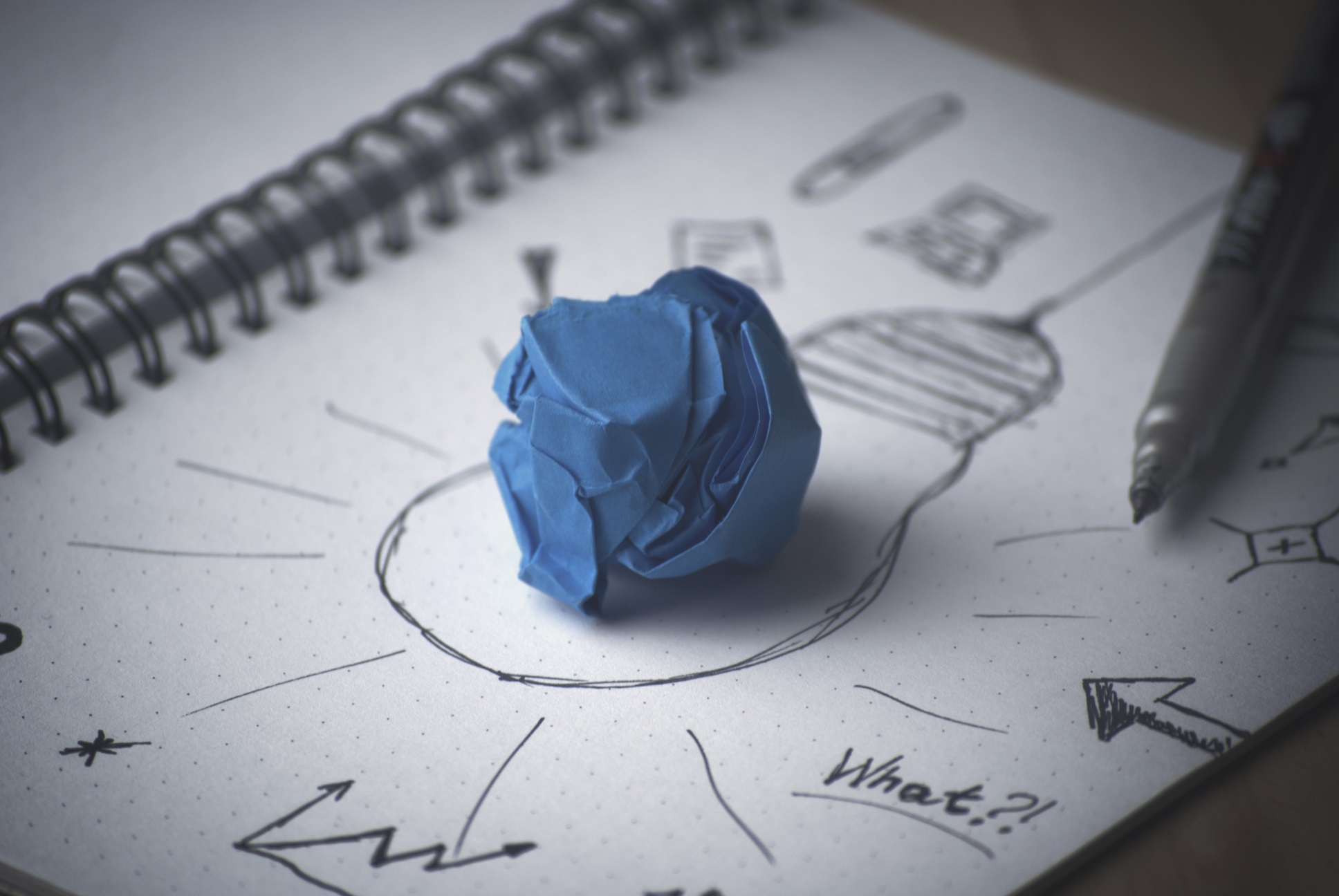
With the New Year holiday now behind us, I thought it would be a good idea to post up a blog to let all of our followers know about the current situation with obtaining grants for research, innovation and the development of new products.
InnovateUK – Formally the Technology Strategy Board (TSB) is a really good place to start looking for funding. Funding is done through competitions. Some are quite focussed on a specific area of science or expertise, some are focussed more on a specific stage of the development process. The preferred markets are emerging and enabling technologies, health and life sciences, infrastructure systems, and manufacturing and material.
Go to https://www.gov.uk/government/organisations/innovate-ukfor more information.
R&D Tax relief/credits – If you are liable for corporation tax, i.e. you are a UK trading company, you are potentially eligible for R&D tax relief/credits. For SME’s this could give you up to 33% back, for larger corporations up to 10%. A project qualifies if it constitutes an "advance†in science and technology, and that’s defined as an improvement in overall knowledge and capability in a technical field. An example to clarify: You wouldn’t get funding for a project to re-design a screwdriver with a new handle, but you might qualify if the handle was made of a new material with technical properties.
Go to https://www.gov.uk/guidance/corporation-tax-research-and-development-rd-relieffor more information.
Horizon 2020 – is an EU framework programme for research and innovation. The UK Government has chosen to underwrite Horizon 2020 projects beyond the UK’s exit from the EU so it looks like funding for UK companies is still possible but I would advise checking the situation if you’re thinking about applying.
Go to https://ec.europa.eu/programmes/horizon2020/en/what-horizon-2020for general information.
The 2016/17 programme is here http://ec.europa.eu/research/participants/data/ref/h2020/wp/2016_2017/main/h2020-wp1617-intro_en.pdf
Eurostars – is a research and development funding programme aimed at SME’s. It is a joint venture between Eureka and the European Commission through Horizon 2020. In the UK, it is only research performing SME’s are eligible and this looks to be in conjunction with Innovate UK.
Go to https://www.eurostars-eureka.eu/about-eurostarsfor more information.
The Patent Box – This is a relatively new scheme to allow companies that hold Patents to claim a reduced corporation tax rate on profits made from IP. As of April 2013, a company can reduce CT to 10%. Companies that are licensing IP from an IP holder can also claim this lower tax but must meet the criteria.
Go to https://www.gov.uk/guidance/corporation-tax-the-patent-boxto find out more.